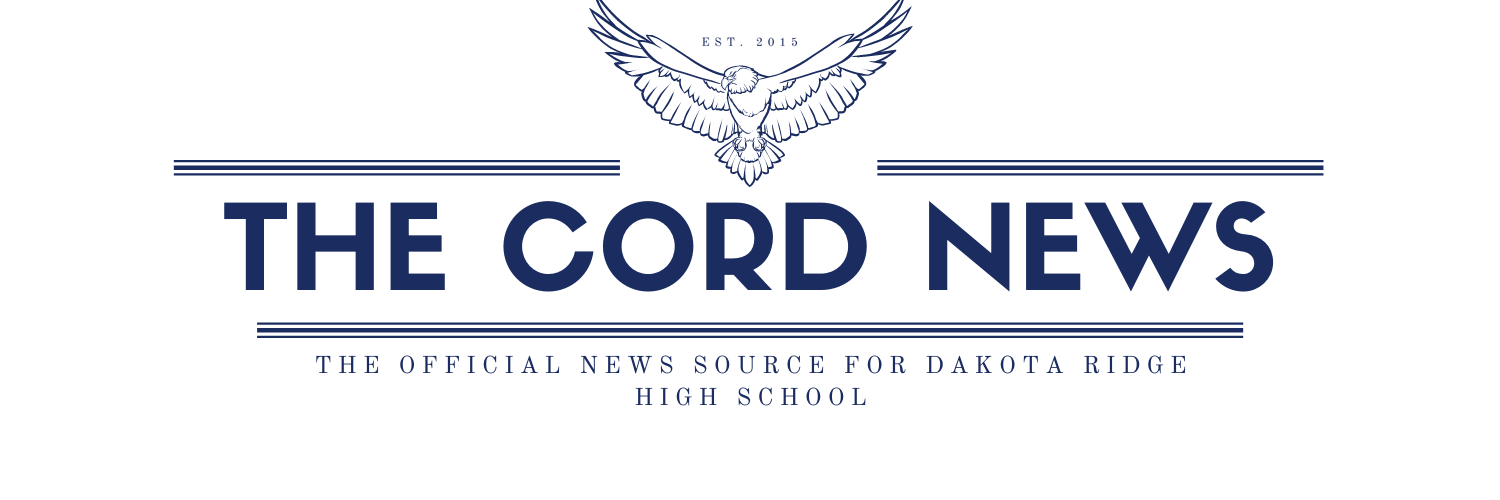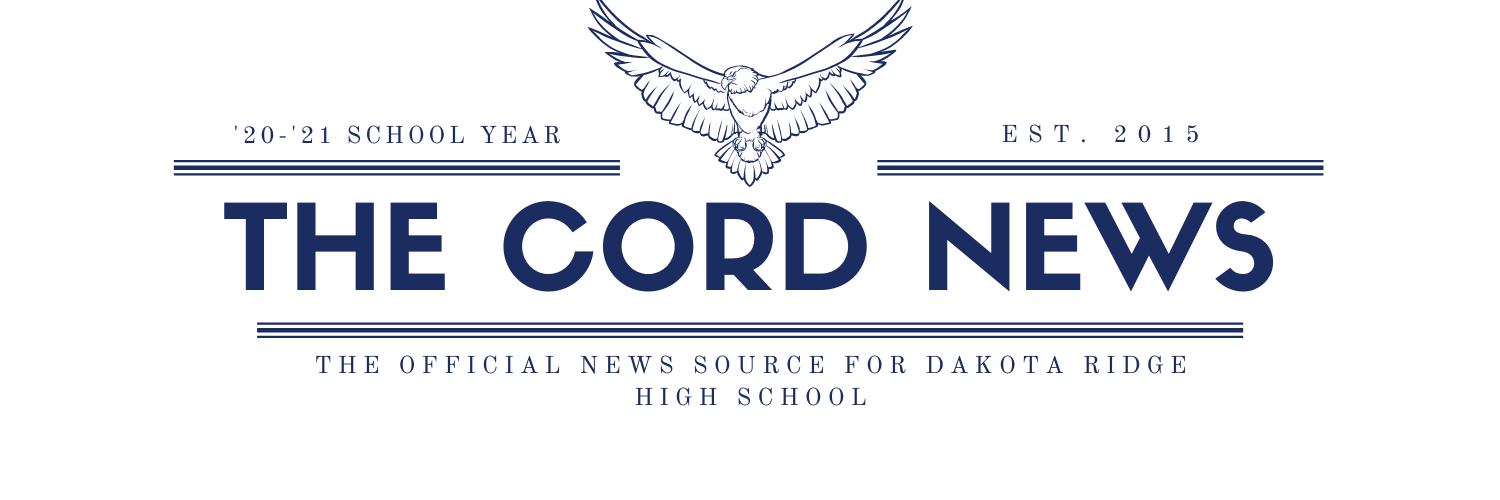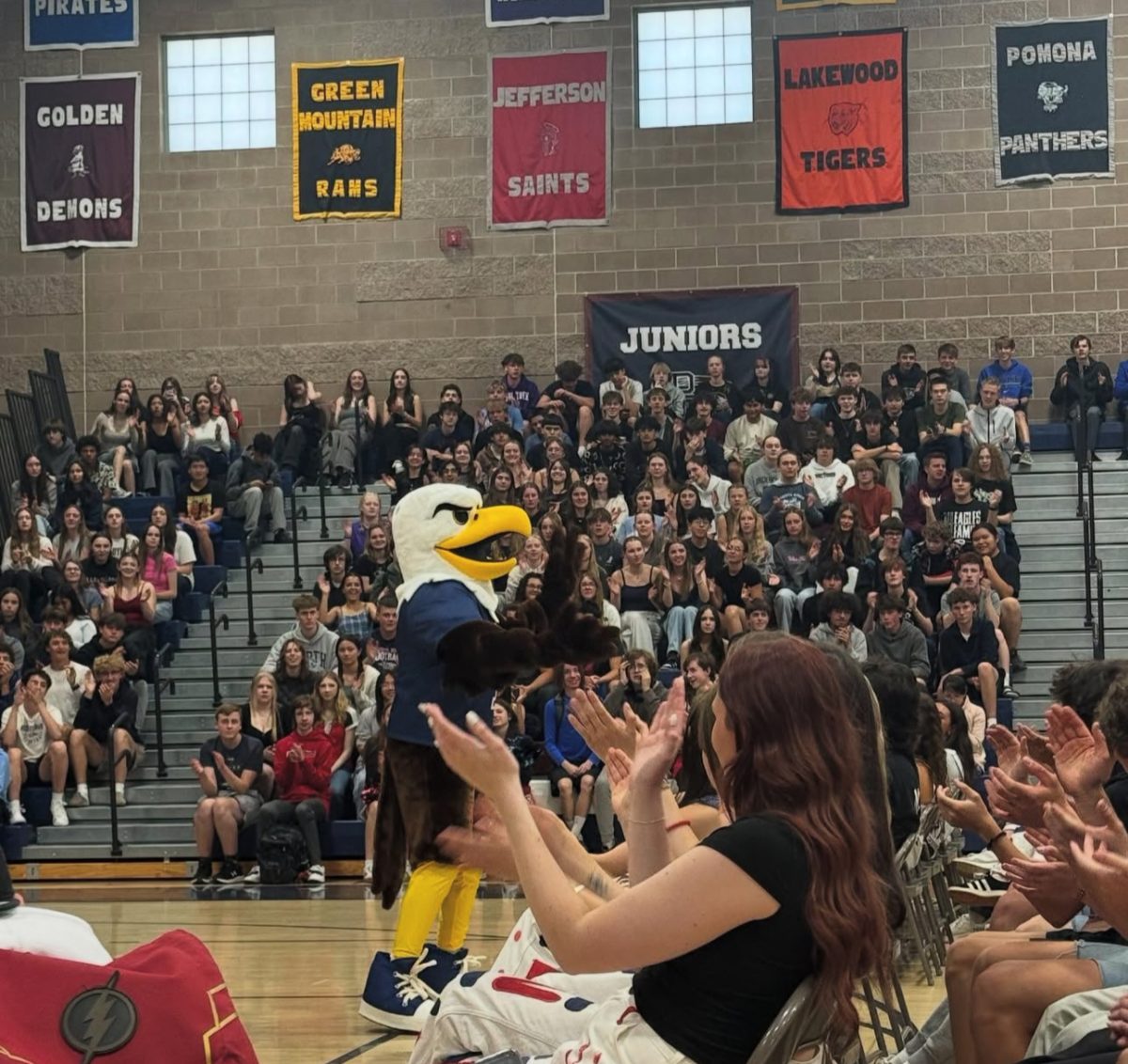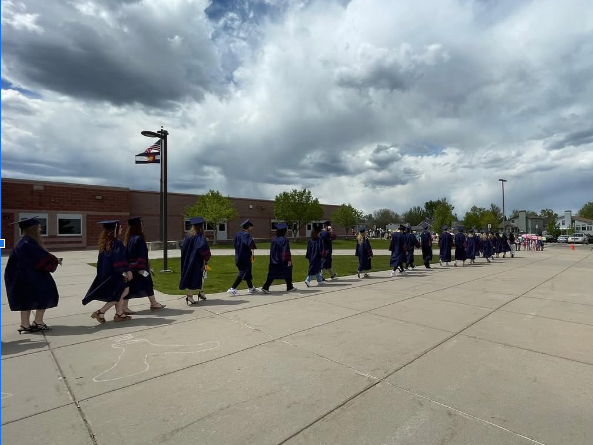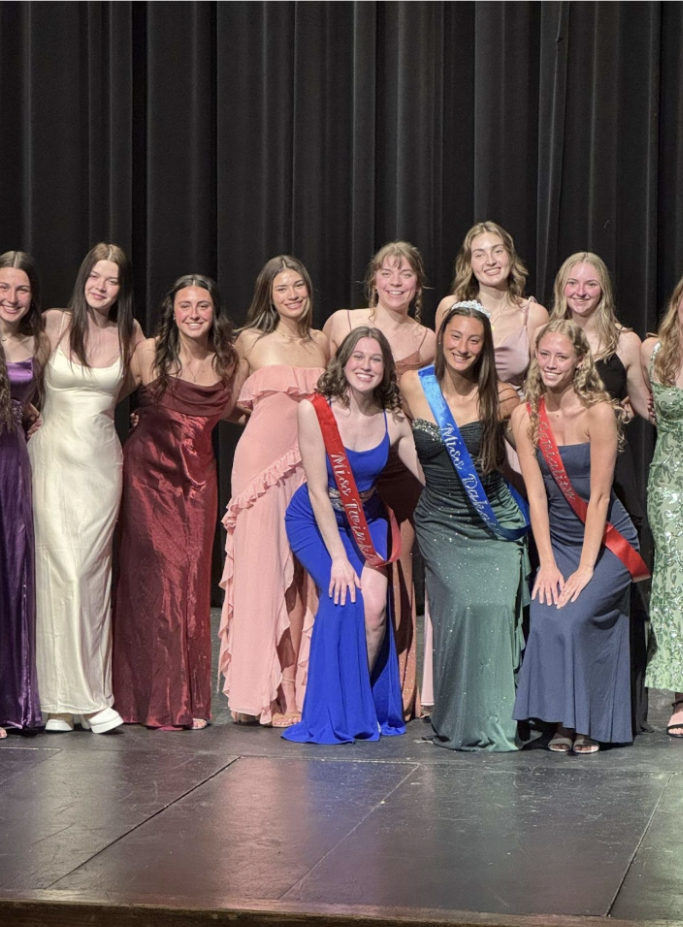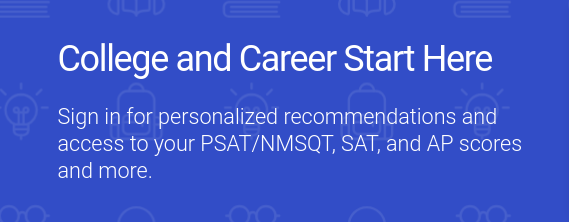
With the SATs coming up, teachers are preparing their junior students for what is considered the most important test of their high school careers. On Tuesday, March 4 and Monday, March 10, SAT Academy began for juniors with a presentation including information about how to study, tips and tricks, strategies and additional exposure to the digital SAT to best prepare juniors in the month leading up to testing day.
The purpose and goal of the SAT Academy is to refamiliarize students with the format of the test, testing tools, and the types of questions to expect.
“Juniors took the National Merit test on October 9,” Kay Newcomer, DRHS instructional coach, said. “We used these scores as their practice test. Juniors received their scores in reading and math to see how close they were to meeting the graduation requirements: 470 in reading and 480 in math. Part of the SAT academy is to reflect on how they did and pinpoint spots for improvement.¨
Since students were given study tools, tips, and advice on how to perform on the test, many teachers hope students use this information, along with their PSAT scores, to know and understand where they are in relation to the graduation demonstration benchmarks. With the reflection, students will be able to plan on areas to work on.
“I think it’s beneficial,” DRHS junior Jessica Odisho said. ¨It definitely helps students better understand what exactly is going to be happening during the SAT. I think that’s going to be helpful to a lot of students who have been stressing about it.”
The math portion of the Academy offered advice from specific math teachers, went over practice problems, explained the rules of a calculator, and discussed the types of questions expected on the test. After the presentation, students had time to practice. At the end, there was a section dedicated to resources students can use to study.
“My goal when planning for SAT Academy is not to teach (students) math, but to teach them how to be a good SAT taker,” Nick Cummings, the DRHS math teacher who made the math presentation, said. “The slideshow kind of tackles that idea.”
The English portion offered some general test taking advice, but focused more on what to do if you don’t know an answer or how to manage your time. It also explored how the SAT attempts to trick students, and how to work around this. After, there was a section that explained what to expect as far as questions along with some example question types. There were also sources linked at the end of the slideshow for study help.
“I kinda just tried to think ‘If I were a student, and I had these 40 minutes, what would I get the most out of’,” Jessica Koehler, the DRHS English teacher who made the English presentation for SAT Academy, said. “(After last year’s SAT academy), I sent a Google form to my juniors and asked them for feedback, and then I tried to edit (the slideshow) so it focused more on what the students found most valuable.”
SAT Academy has been at DRHS for years, but this year the Academic Leadership Team decided to move back to specific English and math teachers teaching the Academy instead of remaining in their Seminar. This was done in order to allow more specific support and access for reading and math.
“We felt that by moving the Academy to content specific teachers we could give more specific support to the eleventh grade students for the SAT,” Newcomer said.
Many students appreciate that support.
“I think they (DRHS staff) should keep it,” Odisho said. “I think it helps ease some of the stress now that you know what’s going on.”
